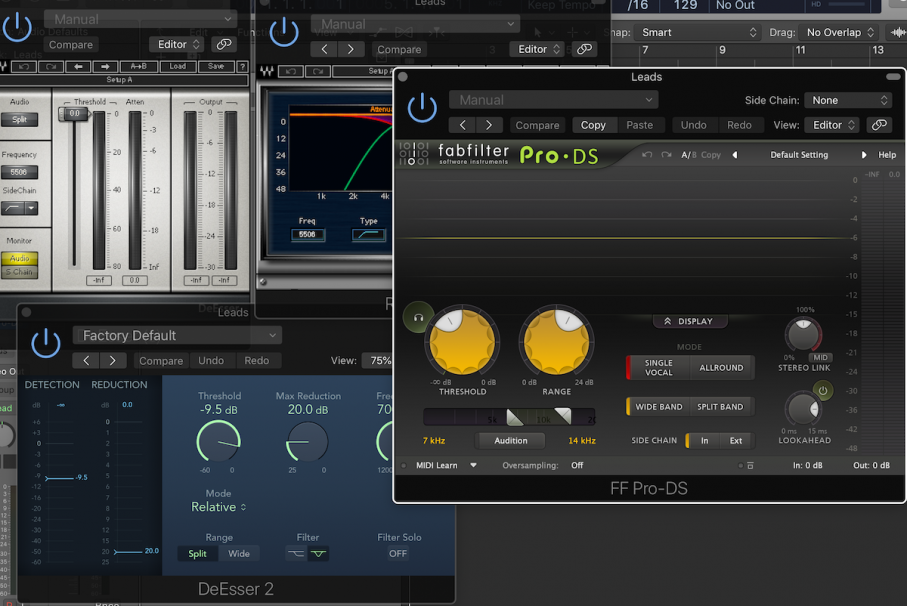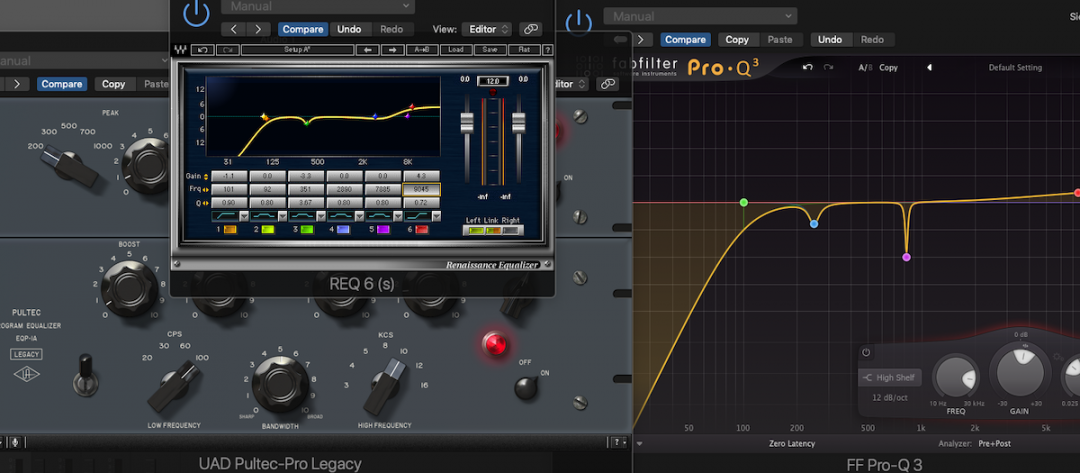Sibilance is what we call the hissing noise made by ‘ess’ and ‘shh’ sounds in the voice. We don’t notice it in conversation, but it can get really harsh on a recorded vocal. A de-esser can take care of excess…
Vocal EQ Tips for Beginning Mixers
Vocal EQ is one of the ways we get a recorded performance from “dry” to “radio-ready.” It has a huge influence on the overall quality of a vocal, and even just simple moves like filtering can change the sound completely.…
How to EQ Acoustic Guitar in a Mix
The most important factor when it’s time to EQ acoustic guitar is context. You’ll have to determine its prominence against other instruments and make EQ moves based on that. Acoustic guitar can be the most important rhythm instrument, or it…
Mix Bus Compression Tips for Better Mixes Today
Every professional mix/master you’ve heard has benefitted from a splash of bus compression. It adds what we call “glue” to a mix by smoothing out the overall dynamic range of the material. Done well, mix bus compression can take your…
How to Use Side Chain Compression
Side chain compression is a technique that lets you to set a different input signal source from the track on which the compressor is inserted. For example, if you place a compressor on the bass guitar and “side chain” or…
6 Compression Tips That Will Change the Way You Mix
Sometimes the most useful compression tips aren’t super secret recipes. It’s more about being familiar with the barebones basics, knowing what other techniques are available, and having an end goal in mind. The following compression tips are widely applicable to…






